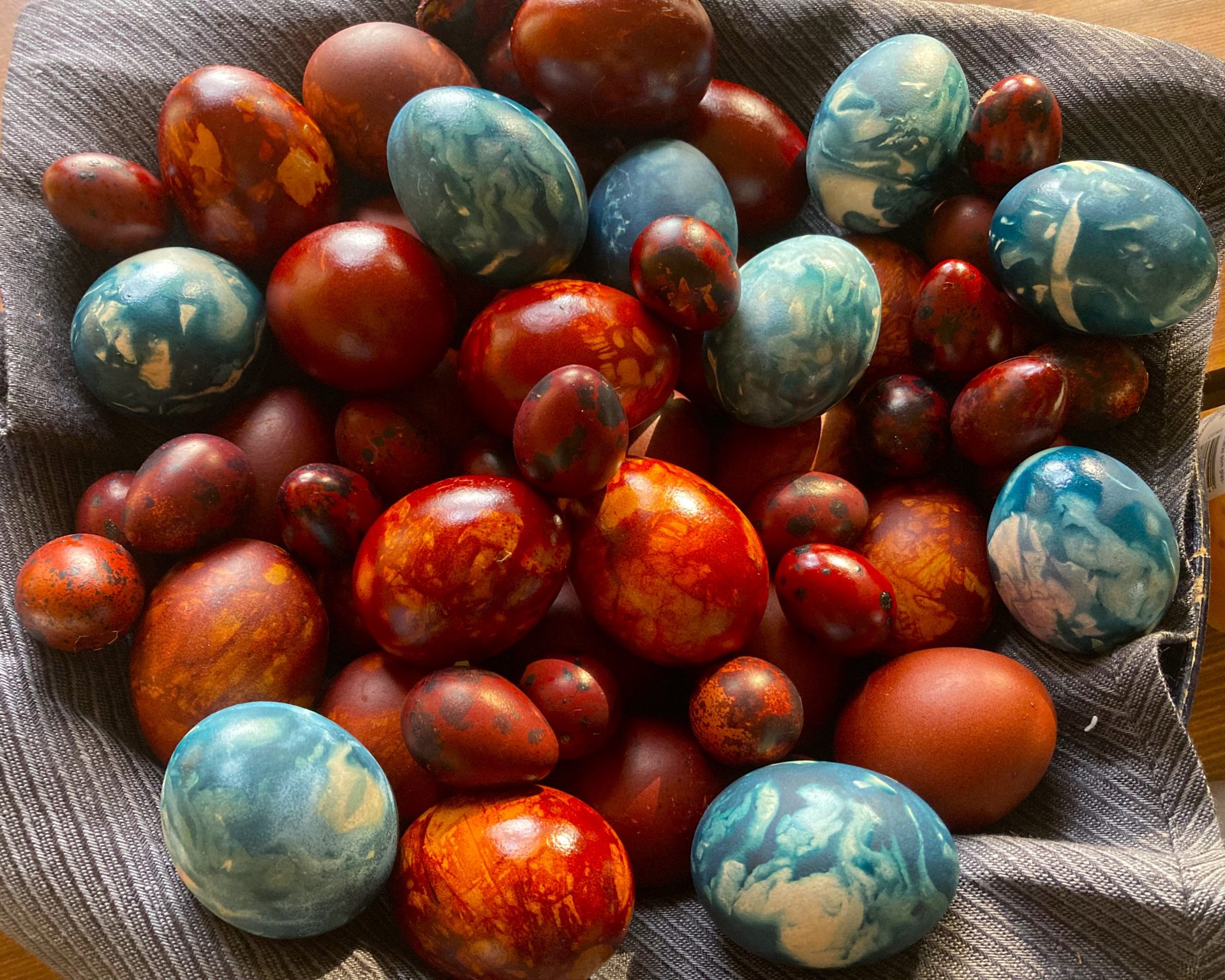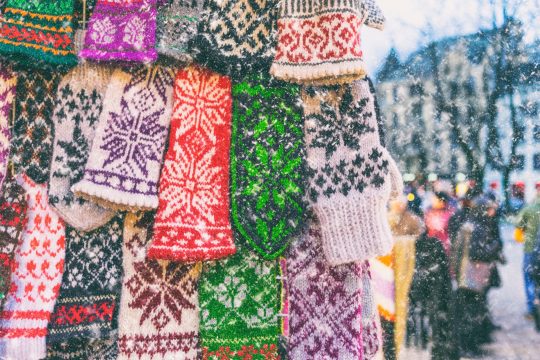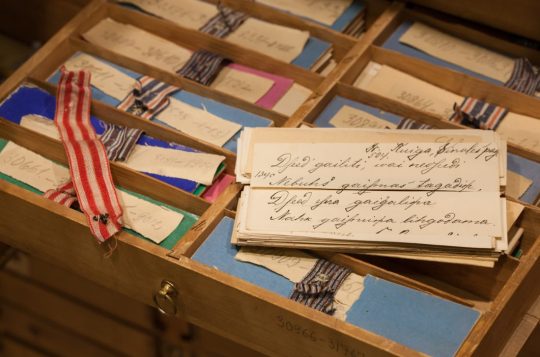For Latvians, Easter is the spring solstice, which is celebrated in honor of the arrival of spring and the sun, therefore various beliefs and pagan rituals are associated with this holiday.
Swinging is an obligatory part of the holiday ritual. A Latvian Easter tradition claims that enthusiastic swinging on Easter brings year-round energy and ward off mosquitoes and snakes. If you are in Latvia during the spring solstice and Easter holidays, be sure to take part in the Easter events, we have many traditions!
Nowadays, the traditions of ancient Latvians are combined with the traditions of Christian Easter. Such Christian traditions as the Silent Week before Easter, Green Thursday (Zaļā Ceturtdiena) and Good Friday (Lielā Piektdiena) have entered Latvian traditions.
But Latvians like to stick to the old Latvian traditions very much.
The egg is a symbol of the sun in many cultures, and in Latvia it is considered a powerful representation of life and fertility since ancient times.
In Latvia, Easter features strong traditions of playing games with Easter eggs, which symbolize renewal and the new beginnings of spring.
· Easter egg rolling or “Olu ripināšana” so called game in Latvian is great activity for all ages. Families and friends gather in backyards and countryside to roll eggs. For this traditional game, you need a wide board or “rene” placed on a small rise so that the egg rolls well down the sloping board. The first player rolls their egg as far as possible. The second player tries to roll their egg on top of it. If the egg touches the one already at the bottom, the second roller collects both eggs. If not, they leave their egg behind, and the next players try to get it.
· Egg battles or “Kaušanās ar olām” are another popular game, perhaps the most popular, that you can play anywhere, as long as you have an Easter egg in your pocket. The strongest egg wins. It can be played in pairs or in groups. Everyone takes their egg, points the pointed end of the egg towards the sky, and then hits the opponent’s egg with the pointed end. The one whose egg breaks first loses.
· Egg hunt or “Olu meklēšana” is a fun game for kids. Eggs are hidden around the house or yard, and children have to find them.
One of the most popular Easter traditions is Egg dyeing.
It is not known how old Egg dyeing is, but it is one of the oldest Easter traditions in Latvia. The most common and widespread way to color eggs is to boil them in onion skins, which gives the eggs a golden brown color. There are many other different ways to color eggs.
Here are just some:
· “Melleņu zapte” or bilberry jam: To get blue-colored eggs, boil bilberry jam with water on low heat, then place the eggs in the dye bath and let them boil for about 30 minutes. Add salt and let cool without touching the eggs.
· Blue cabbage: To get a deep blue color and a beautiful pattern, cut the cabbage into slices, arrange each slice on a cotton cloth, put an egg in it, and tie the cloth until the egg is wrapped in a cotton cloth. Put cool water with salt in a pot and boil the eggs in water for about 45 minutes. Allow to cool, preferably overnight, without touching the eggs.
· Meadow greens: To get a light green color, collect fresh meadow greens, put them in a cotton cloth and wrap the eggs in it, then boil them in salted water for about 45 minutes. Leave to cool.
Tips for egg coloring:
· The longer you leave the eggs in the dye bath after boiling, the more intense the color will become. For brighter colors, choose white eggs. If you prefer darker shades, brown eggs will work well.
· Once the eggs are removed from the dye, grease your hands with olive oil or butter and gently rub the eggs to make them shiny, the color will be even more vibrant.
Try and have fun!


